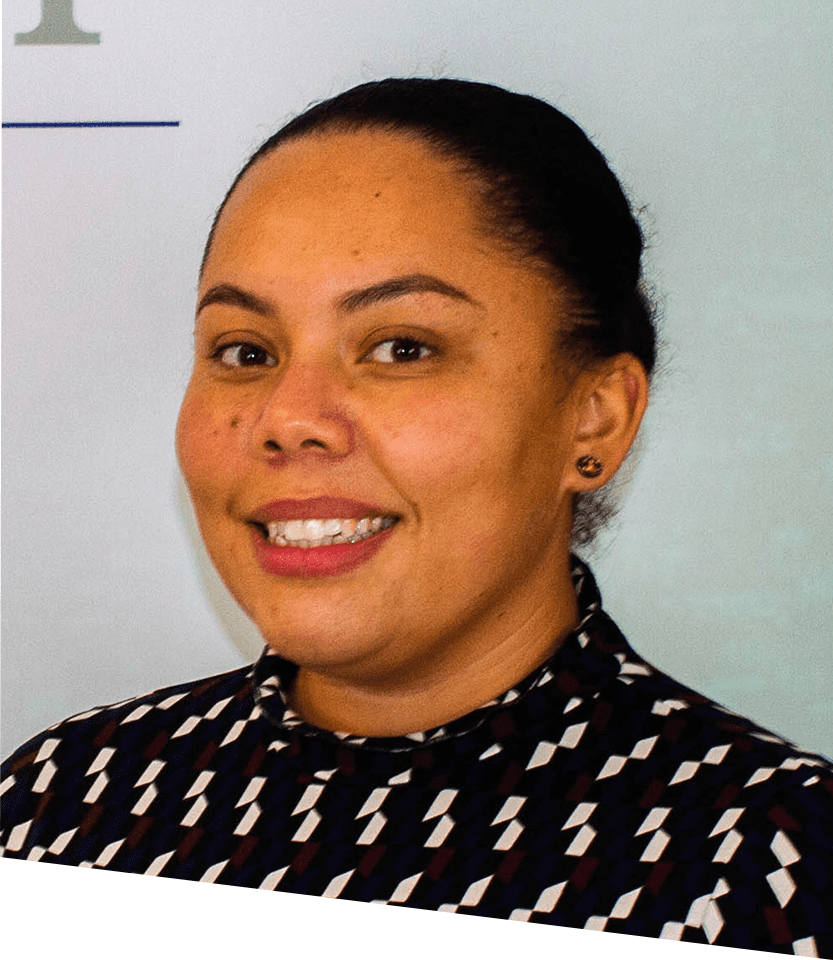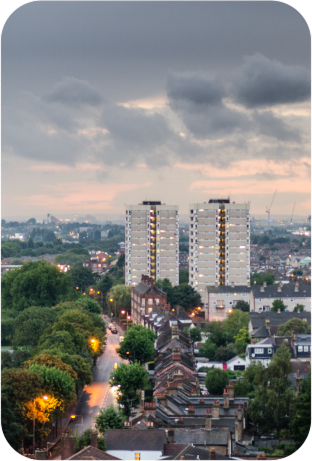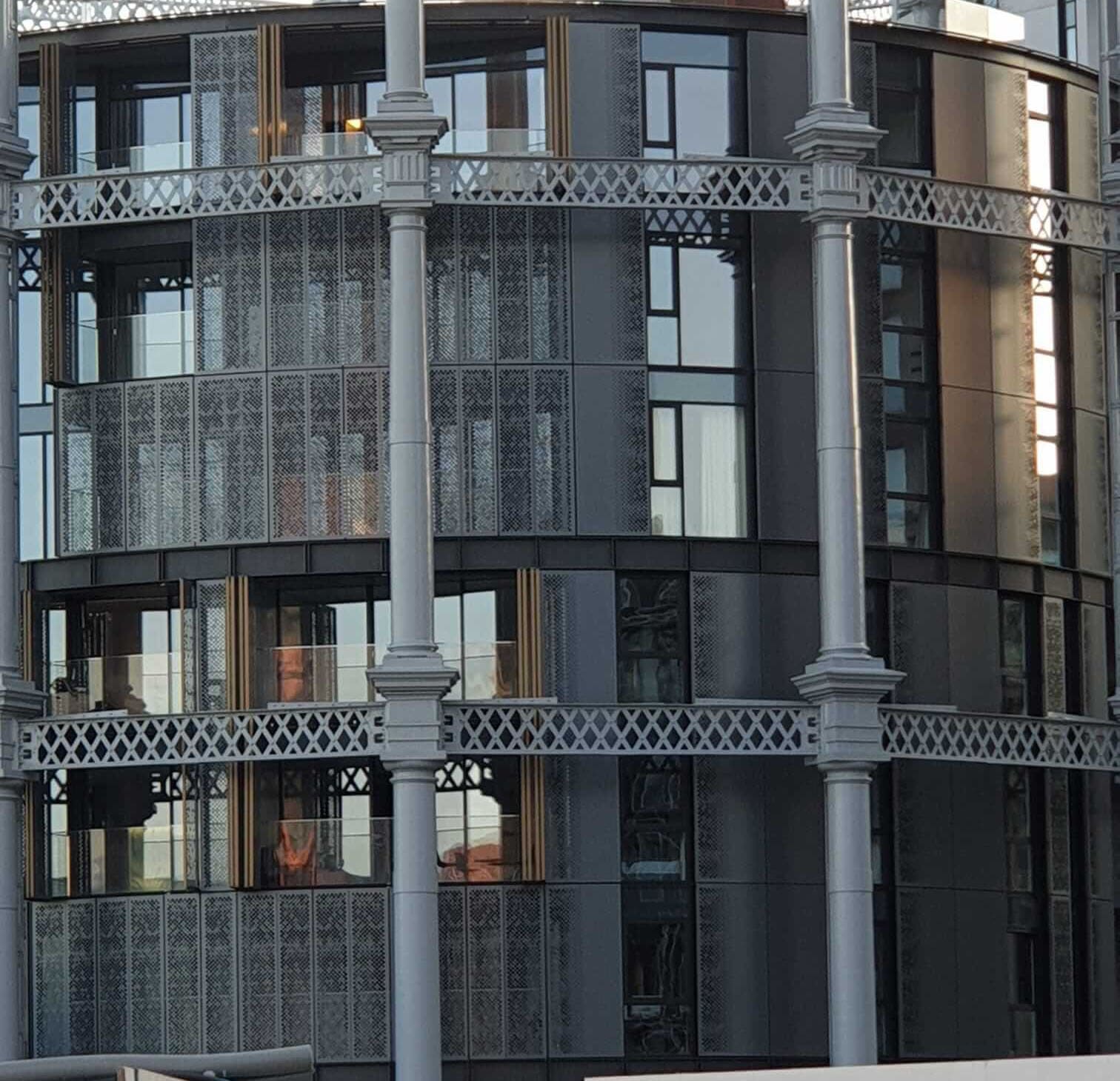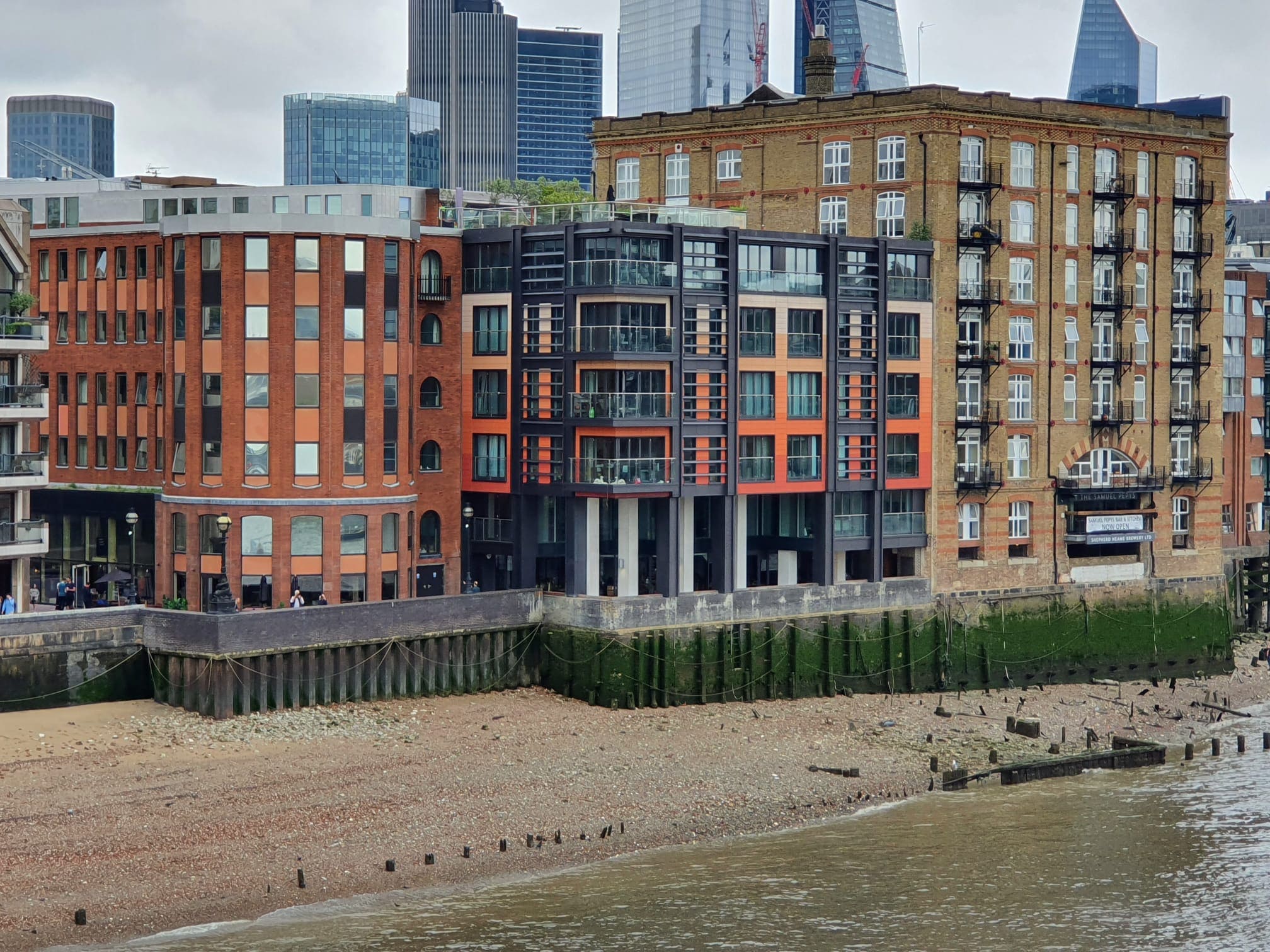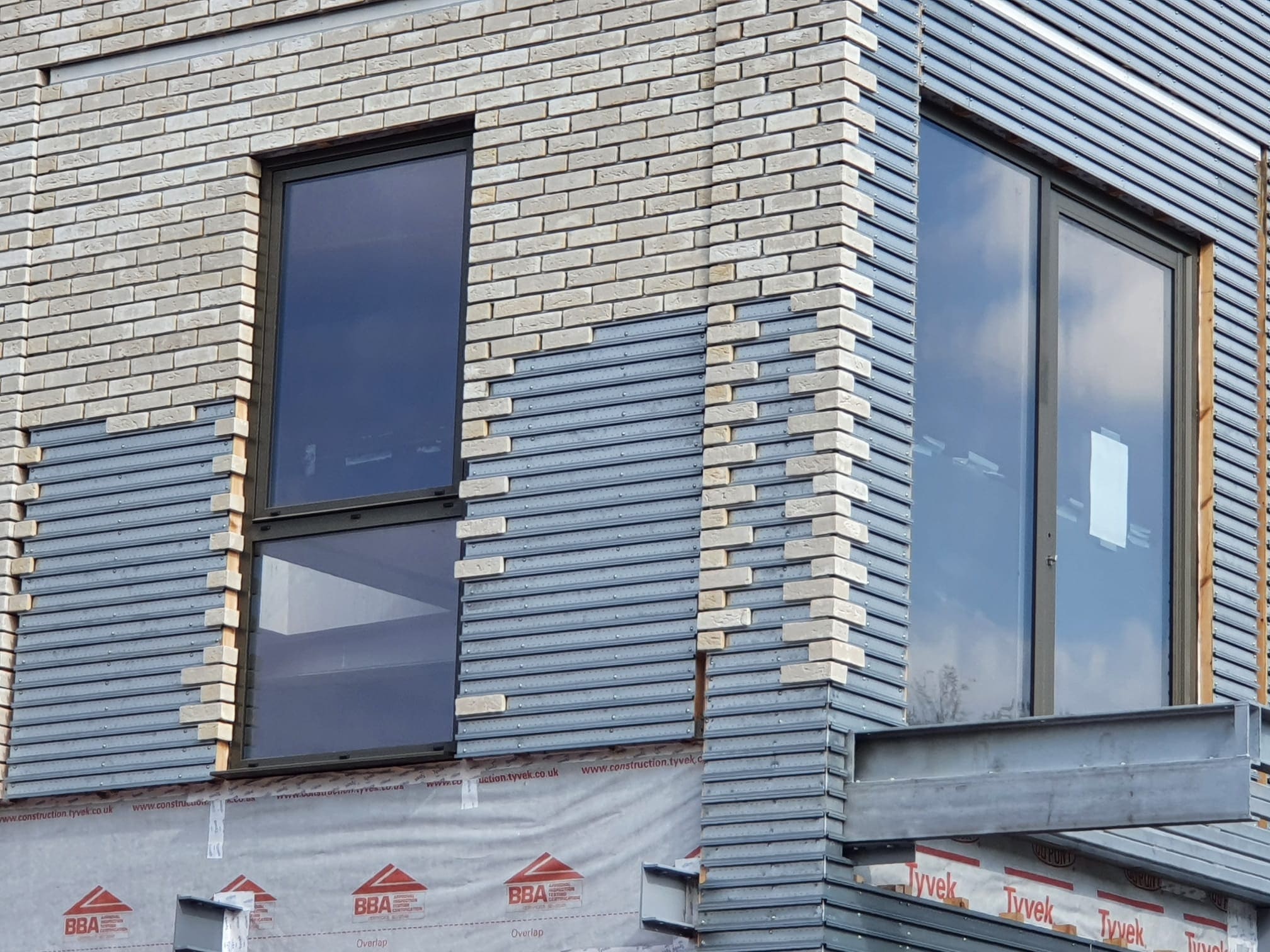 727
727
 0
0
The Impact of Grenfell on Leaseholders
Post-construction-to-begin-under-1225m-government-contract-'>construction-to-begin-under-1225m-government-contract-'>Grenfell, leaseholders trying to sell flats in blocks with cladding are facing new obstacles. Even buildings without combustible cladding are now being affected as mortgage lenders become increasingly cautious about building safety risks.
How the EWS1 Form is Affecting Sales and Mortgages
The EWS1 form was introduced as part of new mortgage lender regulations following construction-to-begin-under-1225m-government-contract-'>construction-to-begin-under-1225m-government-contract-'>Grenfell. It requires a qualified professional to carry out a fire-risk assessment and either confirm the absence of combustible materials or recommend remedial works. Without this form:
- Sales of properties in buildings over six stories are being blocked.
- Remortgages are being denied.
- Mortgage interest rates are rising until the form is provided.
The Challenges of Assessing Fire Risk
A major challenge for engineers and property professionals is that specified building materials do not always match what was actually used. There are also lookalike materials, copycat imports, and variations in fire class ratings that can impact a building's safety. What has changed most since construction-to-begin-under-1225m-government-contract-'>construction-to-begin-under-1225m-government-contract-'>Grenfell is the shift in focus to the entire building system rather than just the cladding. Professionals now need to assess:
- The combustibility of insulation behind the cladding.
- The flammability of adhesives and fixing compounds.
Why the Testing Process is Slowing Everything Down
The Hackett Review initially focused on high-rise residential buildings (HRRBs), but mortgage lenders have since applied its recommendations more broadly. This has led to delays in:
- Developers signing EWS1 forms, as they may not want to take responsibility for past constructions.
- Freeholders shifting the burden to Resident Management Companies.
- Testing companies facing long waiting lists for sample analysis.
The Financial Burden on Leaseholders
Leaseholders are suffering twice:
- Higher mortgage interest rates imposed by lenders.
- Increased servicechargesorted.co.uk/blogs/service-charge-disputes-what-cam-be-disputed-how-and-the-role-of-the-first-role-planetrent.co.uk/blog/could-a-tax-tribunal-ruling-mean-btl-investors-avoid-3-stamp-duty-surcharge'>tribunal'>service charges—a full fire risk assessment and testing can cost upwards of £5,000.
Who Should Pay for EWS1 Testing?
At the very least, the government could step in to prevent lenders from penalizing leaseholders with higher mortgage rates. More importantly, we strongly believe that the cost of fire risk testing should fall on the freeholder rather than leaseholders. As managing agents, we are doing our best to coordinate testing and help homeowners navigate this urgent and frustrating process.




Meet our Expert Property Commentators














